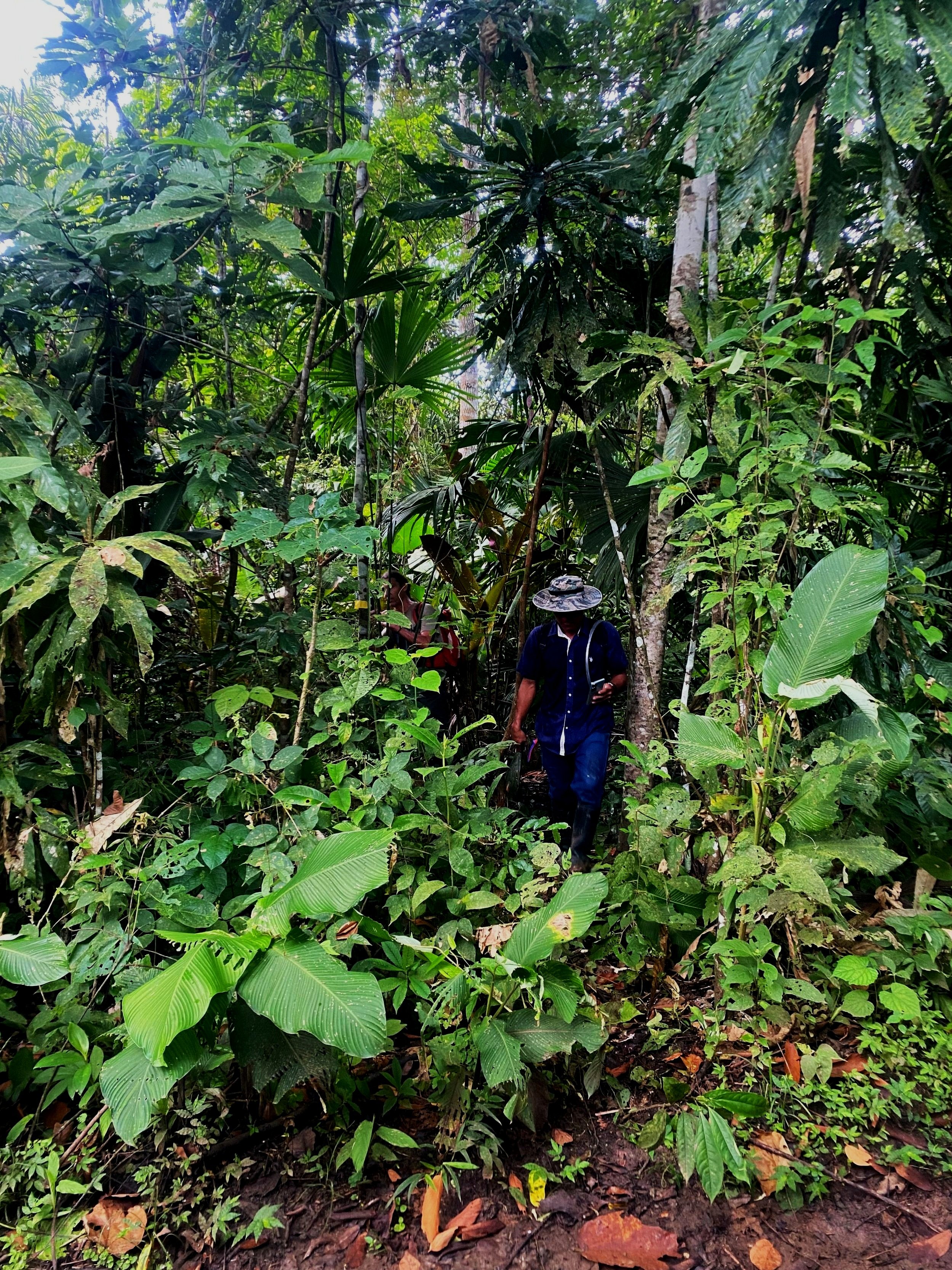
Panama
Biodiversity
The Panamanian rainforest’s biodiversity is one of the highest in the world, making it essential in supporting our planet’s ecosystems. Two-thirds of this forest is located in Indigenous Peoples’ territories.
Work to date
In 2024, Health In Harmony, Forest Stewardship Council, FSC Indigenous Foundation, IDB Lab, Savimbo, WildMon, USAID, and Woodwell Climate Research Center have came together to support the rainforest communities that have long been and continue to protect these vital ecosystems and habitats. Our three-year collaborative project, “Boosting Indigenous nature-based business models,” began in August 2024 with the Indigenous communities of Puerto Lara, Emberá Púru, Alto Playon, and Arimae with biodiversity monitoring activities.
Ongoing Impact
We are partnering with 2,600 Indigenous community members who collectively safeguard over 18,000 hectares of tropical forest in the Darién region. These lands are critical habitats for some of the Americas' most endangered species, including jaguars, tapirs, and the Harpy Eagle. Part of these lands were retaken by their original owners only a few decades ago and need their protection to achieve full ecosystem recovery and carbon sequestration.
Research
Biodiversity Monitoring: As a comparative analysis, Health In Harmony is working with community members to simultaneously deploy two methods of biodiversity monitoring to understand which methods work best for the communities. One method is bioacoustic data collection in a structured month-long grid, allowing for AI analysis to identify species and the calculation of metrics such as species activity and occupancy. The second is camera data collection conducted continuously by one member of each community, providing ongoing presence/absence data about 16 totemic indicator species determined by Indigenous science and published literature. Communities have full control of the data they generate and may choose to develop credits for the voluntary biodiversity market.

